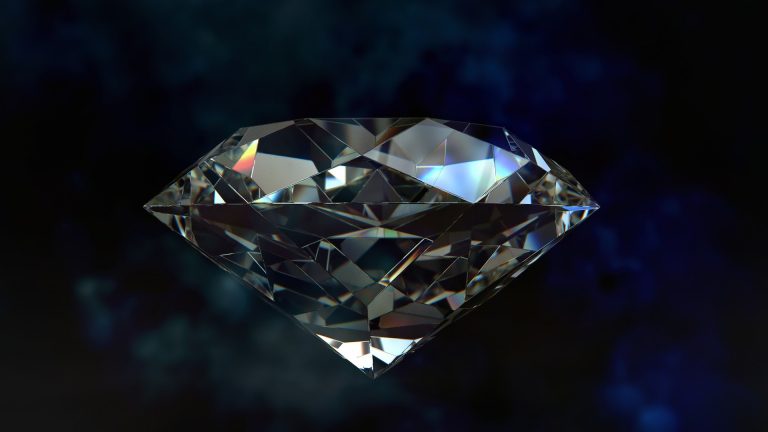Scientists from China, Russia, Germany, Sweden, and the U.S. have developed a synthetic carbon substance known as amorphous material (AM) that conducts electricity and is reportedly hard as diamond. The strong, glassy substance has “outstanding” electrical and mechanical properties. Due to its “ultra-high” strength and wear resistance, it can be used in solar cells.
The material, referred to as “glassy,” was mentioned in a preprint research article in November 2020 and published in the National Science Review (NSR) journal on August 5.
The research team synthesized the material through a process that involved the use of a carbon molecule called buckminsterfullerene or C60. Crushed samples of C60 were exposed to a pressure of 25 gigapascals (gPa), which is equal to over 246,000 times of what is accepted as standard atmospheric pressure. It was then heated to temperatures well beyond 1000 degrees Celsius (1832 degrees Fahrenheit).
Three different categories of the material, referred to as AM-I, AM-II, and AM-III, were generated at temperature milestones of 1832, 2012, and 2192 degrees Fahrenheit.
On analyzing the hardest material, AM-III, the team found that its hardness was measured at 113 gigapascals using the Vickers hardness method. In comparison, the hardness of a natural diamond is generally around 50 to 70.
Success
You are now signed up for our newsletter
Success
Check your email to complete sign up
“The emergence of this type of ultrahard, ultrastrong, semiconducting AM carbon material offers excellent candidates to most demanding practical applications and calls-up for further experimental and theoretical exploration of the AM carbon allotropes,” the study states.
Diamond crystals have an organized internal structure of atoms and molecules, which gives the crystal its strength and hardness. On the other hand, AM-III manifests a peculiar mix of order and disorder between molecules, which gives the substance its distinct properties.
The research team used fullerenes, materials made of a hollow football-like arrangement of carbon atoms, to create various categories of glassy materials possessing distinct molecular organizations. AM-III was found to have the highest order of atoms and molecules.
The scientists observed that beyond a certain point of order of atoms and molecules, unique characteristics such as semi-conductivity could potentially be eliminated, as a specific level of chaos among the atoms and molecules is required.
Although the creation of super-hard materials is not novel, developing hard materials that manifest valuable properties like conductivity are much more challenging. An interesting example is lonsdaleite, also referred to as a hexagonal diamond, which was found to be much harder than a regular diamond in lab tests. It was synthesized by colliding graphite pieces together at speeds of 15,000 miles per hour, and could only exist for a few nanoseconds.















